After GPT-4, the addition of ChatGPT Plugins shook things up in the realm of this OpenAI chatbot. ChatGPT plugins are tools designed to enhance the functionality of the AI model.
For example, they allow you to access up-to-date information, run computations, use third-party services, or even let the AI take actions on your behalf – something that ChatGPT is incapable of doing on its own. And it all happens within the comfort of your ChatGPT interface. ChatGPT Plugins are only available with the GPT-4 model currently, making them exclusive to ChatGPT Plus subscribers, which costs $20/month. OpenAI does say that they will bring Plugins to free users in the future, though.
To learn more about Plugins, you can read our dedicated guide below.
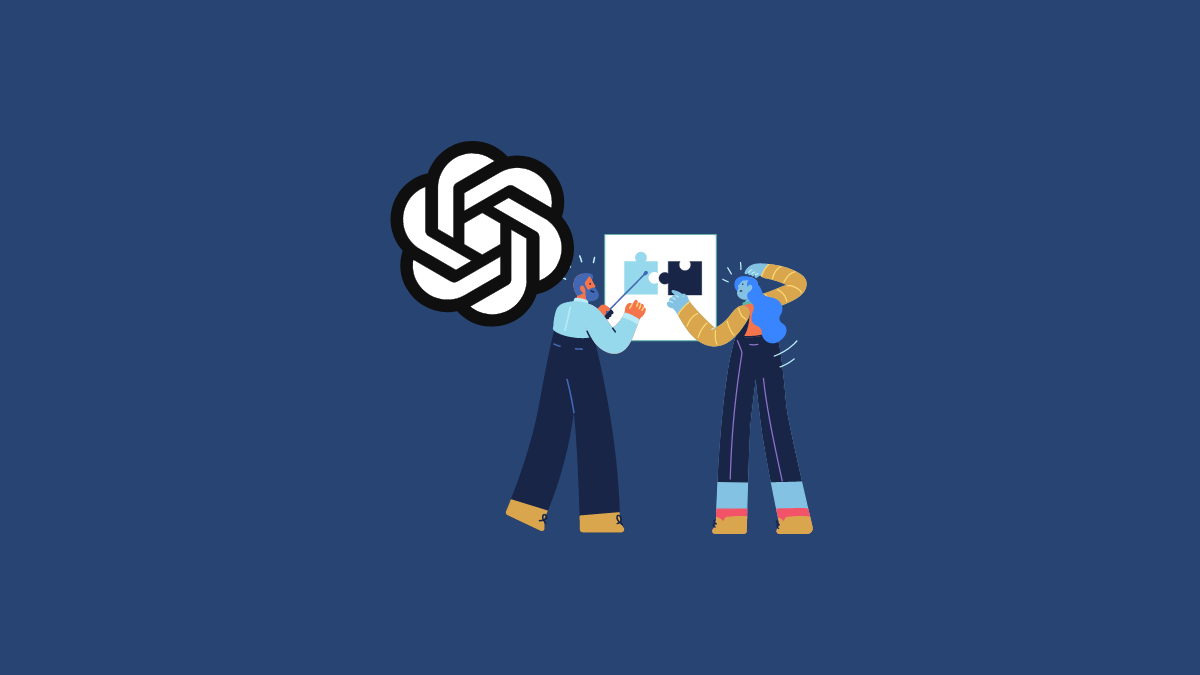
Now, let's get on to how you can use them, shall we?
Enable Plugins for ChatGPT
Before you can start using Plugins for ChatGPT, you'll need to enable them for your account. Since they're still in Beta, they aren't enabled by default. The Plugin model is separate from the Web Browsing model and contains all third-party Plugins ChatGPT has to offer. The model not only knows how to use the Plugins but also when to use them and when not to.
For details on how to use ChatGPT with Bing to browse the Internet, check out our guide below.
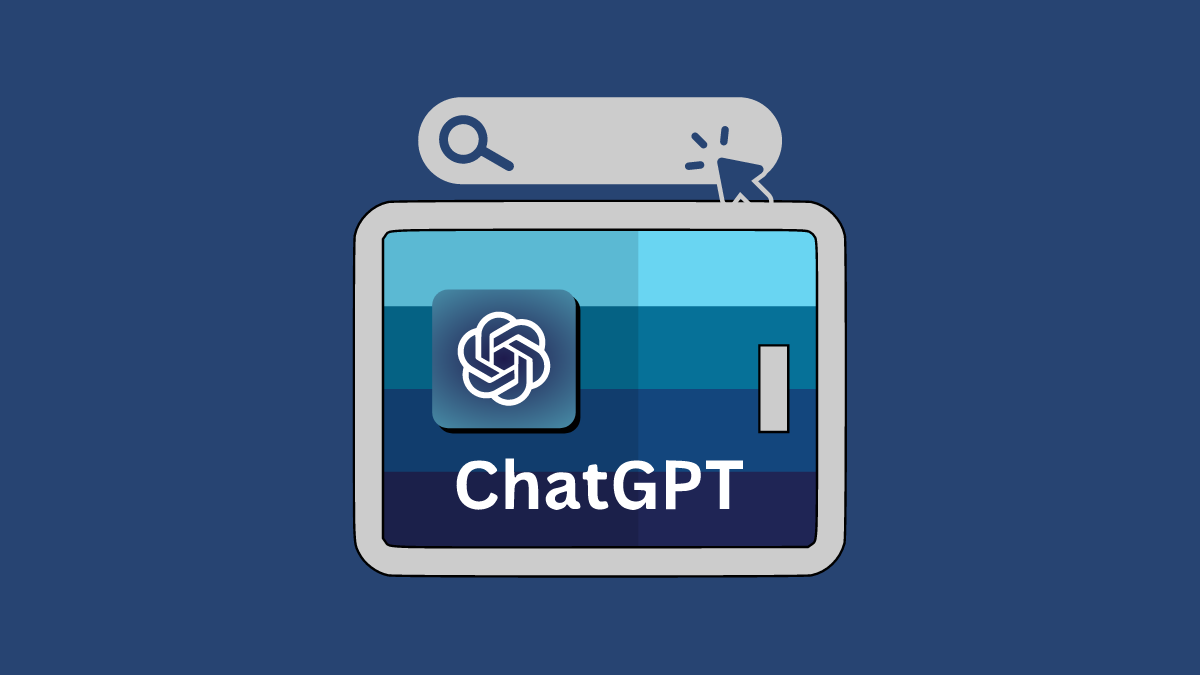
To enable Plugins, log in to your ChatGPT account at chat.openai.com. Then, click the 'three-dot' menu (...) next to your email address at the bottom of the navigation menu on the left.

From the menu, click the option for 'Settings'.

An overlay window for Settings will appear. Go to 'Beta features' from the left.

Then, enable the toggle for 'Plugins'.

Installing the Plugins
Once you've enabled the Plugin model, you can start installing and using Plugins with ChatGPT.
Start a New Chat in ChatGPT, as you cannot change models in an ongoing chat. Click the 'New Chat' button from the menu on the left.

Then, hover over the 'GPT-4' tab.

Now, select 'Plugins' from the drop-down menu.

You've switched to the Plugin model. Now, you can start installing your preferred plugins and using them. To install Plugins, click on the 'No Plugins Installed' drop-down option.

Then, go to 'Plugin store' from the drop-down menu.

The Plugin store will open where all third-party plugins hang out. You'll find three categories here: 'Popular', 'New', and 'All'. There are hundreds of third-party plugins in the Plugin store and the number is increasing every day.
However, currently, there's no intuitive way to sort or search the plugins. You will have to use the 'Next' button to scroll through every page until you find what you want; uninstalling the plugins is way more organized than installing them.

Once you find the plugin you want to use, click the 'Install' button. Your desired plugin should be installed in a jiffy.

Using the Plugins
Once you've installed the Plugins, using them is easy. All the plugins you install will be enabled by default, but you can also disable any plugins. However, since ChatGPT knows when to use a plugin and when not to, it won't use them unless the task requires them.
Still, to disable a plugin, click on the 'Plugins' drop-down option. Then, uncheck the box for the plugin you don't want to use.

In essence, using Plugins is very similar to regular ChatGPT; you ask your question, and ChatGPT provides an answer. If your query requires the use of the Plugin, it will kick into action. You'll see the Plugin ChatGPT is using while generating the response.

The accuracy of your answer depends on the quality of your prompt, as well as the quality of the ChatGPT Plugin. Remember, though, ChatGPT Plugins are still a beta feature, and not all of them may work as expected, so you might have to bear with the minor hiccups.
For example, I asked ChatGPT to help me plan to travel a trip. That kicked Kayak into action. It asked for additional information and provided flight and hotel recommendations with booking links.

That's all for today, folks! I hope this guide helps you navigate through the process of using ChatGPT plugins.

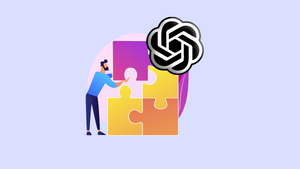




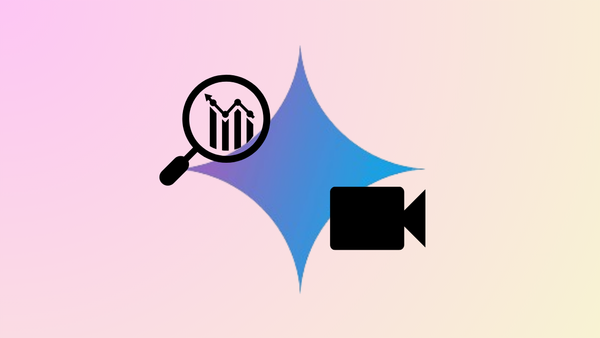


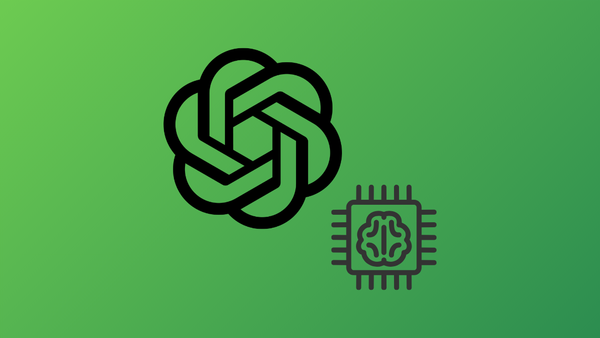

Member discussion